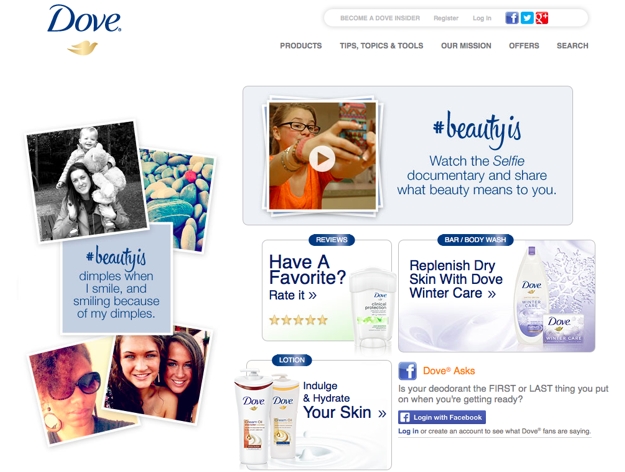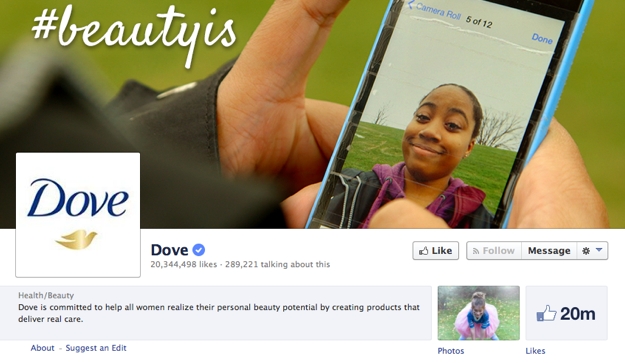The Rules: Time-Tested Secrets for Capturing (and Keeping) the Hearts of Your Customers
February 2014
By Andy Beth Miller
When it comes to building a successful long-term relationship with a potential new customer, the path from first encounter to happily ever after is fraught with perils. But if you follow these five simple rules, you can catch their eye and capture their heart while avoiding falling into the dreaded "It's complicated" category.
1. Focus on first impressions.
Just like any first date, a prospect’s initial encounter with your brand is a make-it-or-break-it moment that will set the stage for your future relationship with them (or lack thereof).
Today, more likely than not, a potential customer’s first encounter with your brand will take place virtually, either via your website or your social media profiles, so it’s critical to examine the image you’re projecting through your online presence. Put yourself in your customers’ shoes, and ask key questions like, “Am I attractive?” , “Do I look current and trendy or passé and outdated?”, “What messages am I sending?” and “Do I leave them wanting to get to know me better?”
On the Web, as well as in life, making a good first impression relies heavily on the superficial, so aesthetics and visuals are important. Take a cue from clothing company Burberry, whose site presents a stylish, modern and sophisticated online persona that creates a strong appeal to its target audience.

2. Be yourself.
Although it’s vital to make a powerful positive first impression, the foundation of any long-term relationship is honesty and transparency. Make sure every representation of your brand – from your website to your social media profiles to your sales and marketing materials – clearly conveys your core values, and be straightforward about what your prospect can expect if they choose to work with you.


While you want to put your best foot forward, don’t let your quest for a polished presence turn into pretense. Ultimately, there’s no clever catchphrase or flashy gimmick that can keep a customer’s interest for the long-haul once they see through your guise.
Show your potential customers just what your company is made of, and if it’s truly a good match for their needs, they won't be able to resist your appeal.
3. Don't make promises you can’t keep.
The old adage "actions speak louder than words" is all too true when it comes to building a lasting long-term relationship with your customers.
A slick sales pitch might get you a first date, but if you fall short in delivering on the promises you make, you won’t likely get another chance to win them back. Worse yet, your disgruntled customer will tell all their friends about their bad experience, getting you blacklisted all around.
If you want your customers to commit to you, you must commit to them with integrity and consistency. Exceed their every expectation, deliver a positive experience with every encounter and provide added value at every turn, and they’ll happily stand by you.
4. Don’t be needy.
Healthy relationships are all about balance. You want your customers to know that you’re there for them when they need you, and you want to stay at the forefront of their awareness. But just because your world revolves around them, it doesn’t mean theirs revolves around you.
When customers give you access to their inbox or their social media feed, it’s paramount that you respect the sanctity of that permission and don’t betray their trust by inundating them with unwanted marketing messages. Keep the frequency of your communication within reason, and ensure that every time you send an email or create a social media post, you’re providing content that’s of value to your customer, whether that takes the form of a special offer, an interesting article or even an entertaining video. By doing so, you’ll ensure that you maintain a consistent level of engagement without becoming an overwhelming presence that alienates their affections.
5. Don’t be afraid to say, “It’s not you; it’s me.”
Take a page from George Costanza’s book on dating and know when it’s time to walk away.
No matter how much you want to hear cash register ring, trying to force a relationship to work when it’s clearly not the right fit is detrimental to all involved.
If your product or service isn’t what your customer really needs, they’re going to be unhappy, and they’re going to point the finger at you. They’ll either assume that your product is subpar or, far worse, that your company is dishonest in its claims. That sale will end up costing your company and your brand’s reputation dearly.
Don’t waste your time chasing after Mr. Wrong, no matter how attractive he (or his wallet) may be. Instead, stay focused on serving the niche of customers whose needs are perfectly aligned with your strengths, and you’ll find your happily ever after.
Andy Beth Miller is a freelance writer and editor who finds time to create amid sun and surf in the Hawaiian Islands. She has worked for numerous magazines and online publications and may be reached at andykhailaz@yahoo.com.